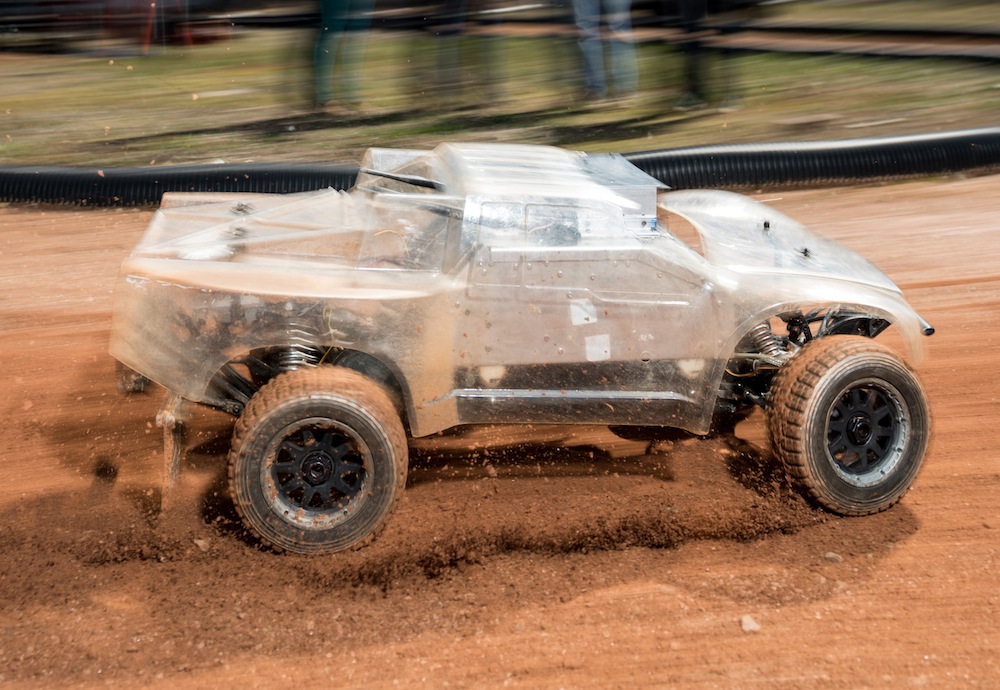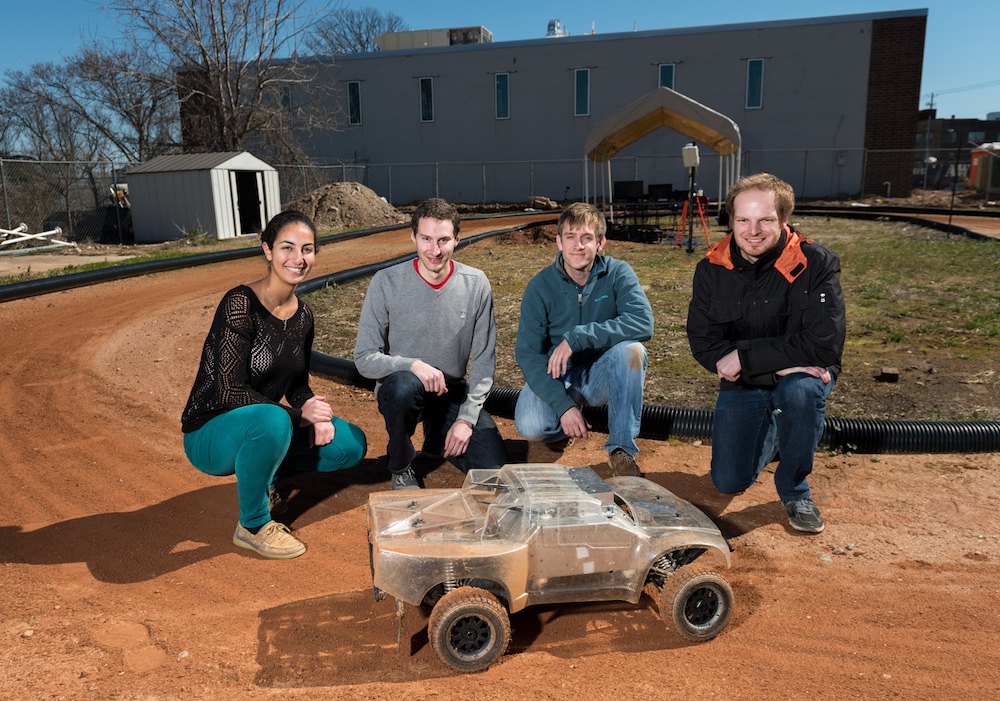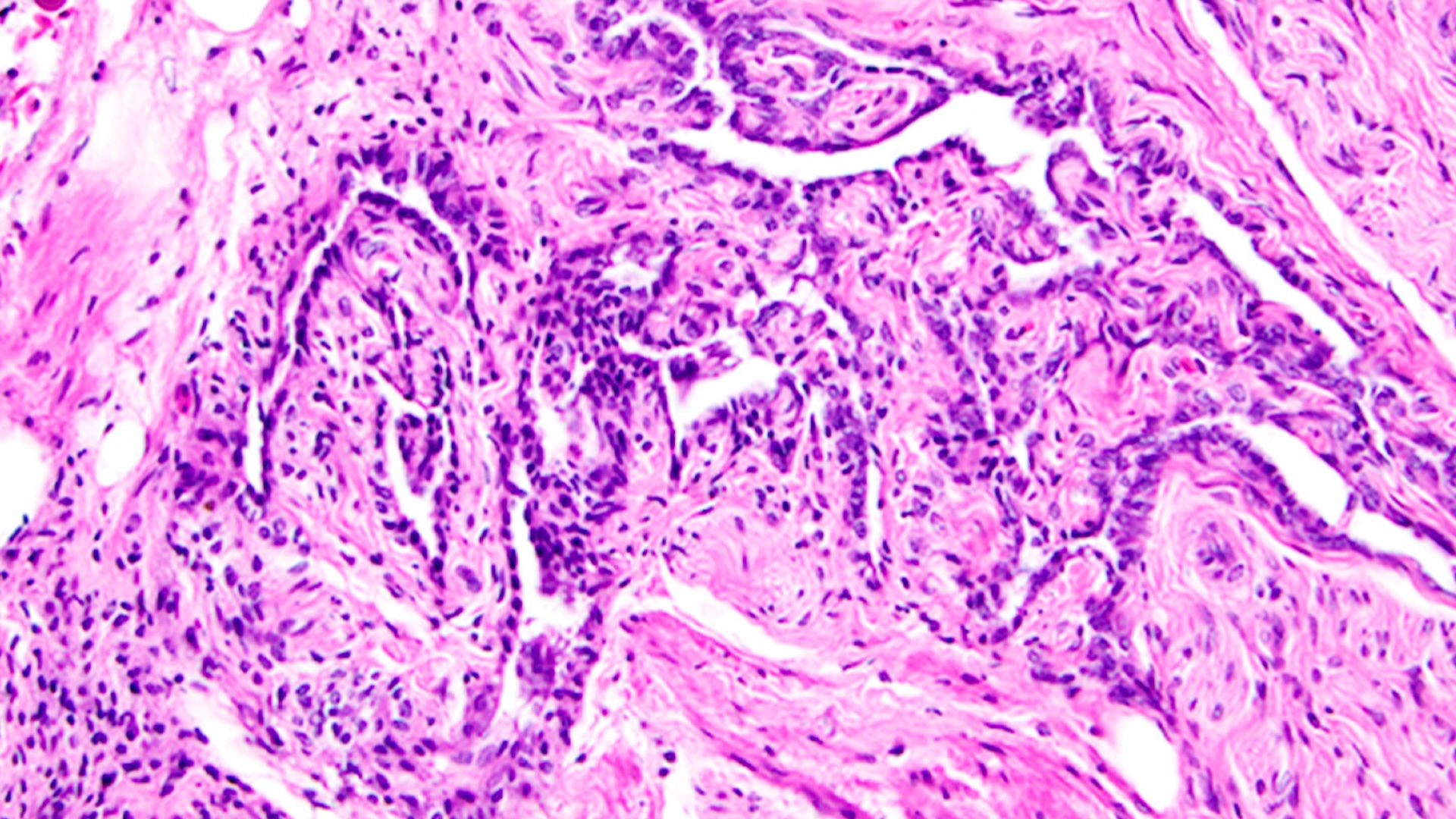Robot Cars Tear Up Track to Test Hazard Response

Two robotic rally cars are tearing up a dirt track in Atlanta, in an effort by researchers to learn how self-driving vehicles can stay in control when they slide, spin or jump.
In addition to making self-driving cars safer in collisions and hazardous road conditions, the work could be applied to other types of autonomous systems that may need to make decisions in rapidly changing or unstructured environments, the researchers said. These systems could include robots in human homes or workplaces.
Each of the two custom-designed robotic rally vehicles carries a quad-core computer equipped with a powerful graphics processor. This computer performs the heavy processing required by the software controlling the car. Forward-facing cameras, a GPS receiver, inertia sensors and wheel-speed sensors continuously monitor the location and trajectory of the vehicle. Each car measures about 3 feet (0.9 meters) long and can reach speeds of up to 90 mph (145 km/h). A reinforced aluminum frame protects the equipment from damage in rollovers. [Photos: The Robotic Evolution of Self-Driving Cars]
The researchers, from the Georgia Institute of Technology (Georgia Tech) in Atlanta, said the key to the project has been developing an algorithm that can quickly make control decisions with limited computing power, and very limited time.

The algorithm, called "model predictive path integral control" (MPPI), uses the rally car's onboard graphics processor to analyze data from the sensors in real time and predict the trajectory of the vehicle up to 2.5 seconds in the future. It does so by comparing more than 2,500 possible trajectories in less than 1/60th of a second.
One of the lead researchers on the project, Panagiotis Tsiotras, a mechanical engineer at Georgia Tech's School of Aerospace Engineering, told Live Science that the researchers began by examining how expert human drivers control cars at the edges of the vehicles' handling limits, the moments just before cars lose their grip on the road.
"The interesting thing is that human expert drivers are really good at doing these types of maneuvers," Tsiotras said. "So we thought to ask for help from some expert rally drivers, trying to understand how the vehicles operate in those regimes. And if we understand how they operate, maybe we will be able to autonomously control the vehicle in a similar way to how these expert drivers control the vehicle."
Sign up for the Live Science daily newsletter now
Get the world’s most fascinating discoveries delivered straight to your inbox.
Among the researchers' discoveries was a mathematical description of the equilibrium of forces that allow a vehicle to "power slide," or drift while maintaining a high speed. That research had been the subject of a thesis by one of the students involved with the research.
Some early work on the project was funded by the Ford Motor Company, which wanted to improve the active safety systems, such as anti-skid braking, on the company's passenger cars. For the last five years, the work has been sponsored by the U.S. Army Research Office, which is interested in autonomous vehicles that can operate off-road, Tsiotras said. "We call it 'aggressive mobility for autonomous vehicles’." [Self-Driving Cars: 5 Problems That Need Solutions]
"We're using this algorithm to predict in the very near future how the vehicle is going to behave, and this is not very different than the way human beings do such planning," Tsiotras said.
The research has applications for other autonomous and robotic systems, not just self-driving cars, he added.
"The driving application is interesting — people relate to it because there's a skill factor. But there are a lot of fundamental questions related to controlling autonomous systems in general," Tsiotras said. "Any time that you want to make a decision in terms of sensing, perception and control, that has to be made with limited resources and at very fast timescale. This is an example where these algorithms can be used."
The robotic rally research at Georgia Tech is led by Evangelos Theodorou, a robotics specialist at the School of Aerospace Engineering. The development of the MPPI control algorithm was led by machine-learning specialist Jim Rehg, a professor at Georgia Tech's School of Interactive Computing.
A paper describing the research was presented at the International Conference on Robotics and Automation, which was held in Stockholm, Sweden, in May. The findings were published online in May by the IEEE Robotics & Automation Society.
Original article on Live Science.
Tom Metcalfe is a freelance journalist and regular Live Science contributor who is based in London in the United Kingdom. Tom writes mainly about science, space, archaeology, the Earth and the oceans. He has also written for the BBC, NBC News, National Geographic, Scientific American, Air & Space, and many others.










